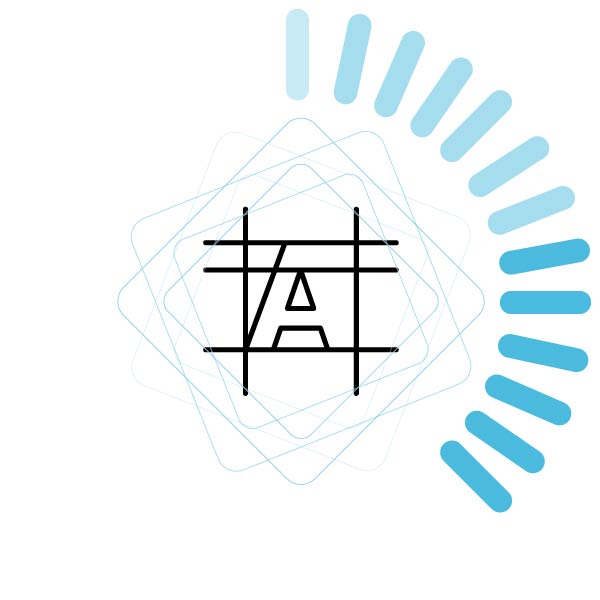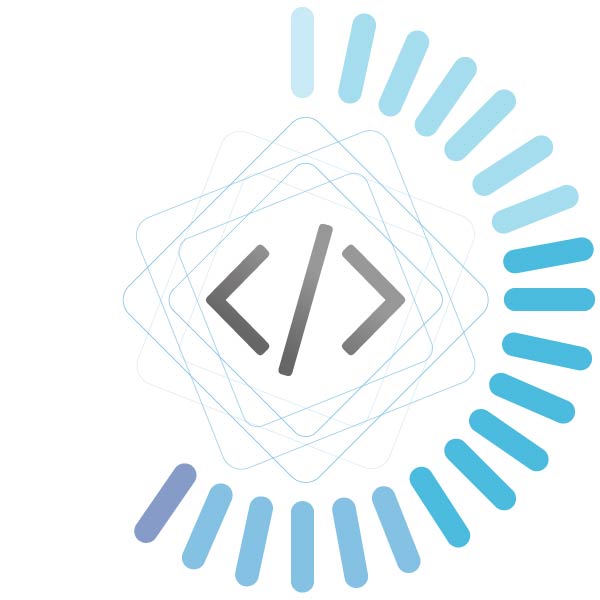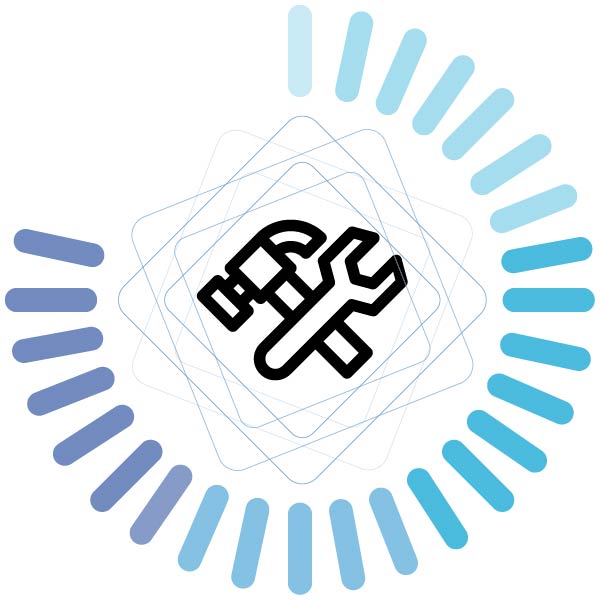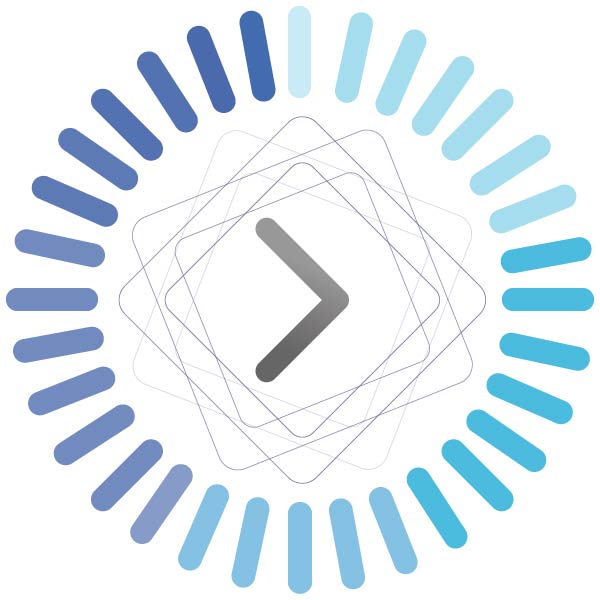Scrum Overview of our Agile Software Development
Scrum is an agile for software development. Scrum is a project management framework that is applicable to any project with aggressive deadlines, complex requirements and a degree of uniqueness. In Scrum, projects move forward via a series of iterations called sprints. Each sprint is typically two to four weeks long.
At the start of each sprint, the team selects some amount of work from the product backlog and commits to completing that work during the sprint. Part of figuring out how much they can commit to is creating the sprint backlog, which is the list of tasks needed to deliver the selected set of product backlog items to be completed in the sprint.
At the end of each sprint, the team produces a working, high-quality software. Each day during the sprint, team members meet to discuss their progress and any impediments to completing the work for that sprint.

The iteration involves the redesign and implementation of iteration is to be simple, straightforward, and modular, supporting redesign at that stage or as a task added to the project control list. The level of design detail is not dictated by the iterative approach. In a light-weight iterative project the code may represent the major source of documentation of the system; however, in a critical iterative project a formal Software Design Document may be used. The analysis of iteration is based upon user feedback, and the program analysis facilities available. It involves analysis of the structure, modularity, usability, reliability, efficiency, & achievement of goals. The project control list is modified in light of the analysis results.

Your overall system design will emerge over time, evolving to fulfill new requirements and take advantage of new technologies as appropriate. Although you will often do some initial architectural modeling at the very beginning of a project during “iteration 0†this will be just enough to get your team going.

The dynamic and demanding context of software engineering requires a code that is adaptable and relevant to new situations as they occur. However, even in this generality, the Code provides support for software engineers and managers of software engineers who need to take positive action in a specific case by documenting the ethical stance of the profession. The Code provides an ethical foundation to which individuals within teams and the team as a whole can appeal. The Code helps to define those actions that are ethically improper to request of a software engineer or teams of software engineers.

Testing is a vital part of software development, and it is important to start it as early as possible, and to make testing a part of the process of deciding requirements. To get the most useful perspective on your development project, it is worthwhile devoting some thought to the entire lifecycle including how feedback from users will influence the future of the application. Testing is part of a lifecycle. The software development lifecycle is one in which you hear of a need, you write some code to fulfill it, and then you check to see whether you have pleased the stakeholders—the users, owners, and other people who have an interest in what the software does.

A software release life cycle is the sum of the stages of development and maturity for a piece of computer software: ranging from its initial development to its eventual release, and including updated versions of the released version to help improve software or fix bugs still present in the software.
Keys to our development success: Quick Start, Scope Flexibility, Risk Management, Support of the Product Owner, Early Value Delivery, Transparency and Predictability,
Leverage Our Low-Risk, Predictable Scrum Process and take your business to the next level.
We concentrate on quality software development consulting meeting the business needs of our clients. Our goal is to translate our experience to your success. We pursue the most efficient solutions while maintaining high-quality software development. Our strength comes from our skill in solving complicated, non-traditional problems within a limited time frame, without sacrificing our commitment to quality and customer satisfaction.